| Test System | |
| CPU | Intel Core i5 2300 @ 2.8GHz |
| Heatsink | Intel stock cooler |
| Motherboard | MSI P67A-GD80 |
| Chipset | Intel P67 rev 2 (Cougar Point) |
| Graphics card | Sparkle GeForce GTX 465 |
| RAM | 2x4GB SuperTalent DDR3-2000, CL9 |
| Sound | Creative Sound Blaster X-Fi Titanium HD |
| SSD | Crucial RealSSD 256GB SATA 6Gb/s |
| HDD 1 | Western Digital Caviar Green 5400RPM 500GB |
| Power Supply | OCZ 750W Fatal1ty Series |
| Case | Silverstone Fortress FT-02 |
| OS | Windows 7 Ultimate |
| Drivers | Forceware 270.61 |
Benchmarking
For this review, we’ll be comparing results from the drive in a USB 3.0 port to results from the drive in a USB 2.0 port. This will not only show us the drive’s performance in each situation, but also highlight the difference that USB 3.0’s extra bandwidth can make.
Sandra
| USB 2.0 | USB 3.0 | ||
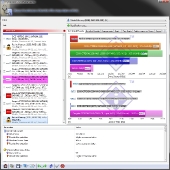 |
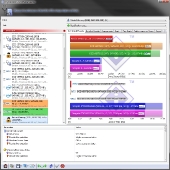 |
||
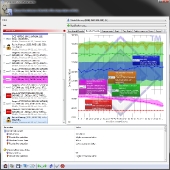 |
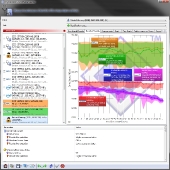 |
Already we can see the difference that USB 3.0 makes in the Physical Read test, which measures a storage device’s raw potential. While the USB 2.0 test capped out around 33MB/sec, the USB 3.0 test has the Supersonic clocking in at 122.35MB/sec—a full 25% faster than claimed! As expected from solid-state memory, this performance held steady over the whole drive capacity.
| USB 2.0 | USB 3.0 | ||
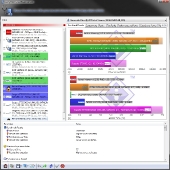 |
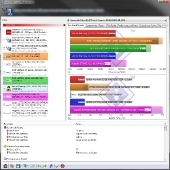 |
||
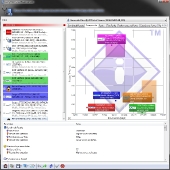 |
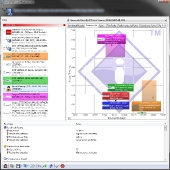 |
In the File Systems test, the scores are somewhat reduced, but the pattern holds consistent. The USB 2.0 test was once again capped by the bus, this time around 30MB/sec. The USB 3.0 test gave us a diminished but still impressive 103MB/sec. Curiously, the access time rose a bit from the USB 2.0 test score of 0.56ms to the USB 3.0 test score of 1.21ms. In practice, both of these times are well within acceptable bounds—and, it’s worth noting, somewhat better than the access time on the Intel SSD results.
| USB 2.0 | USB 3.0 | ||
 |
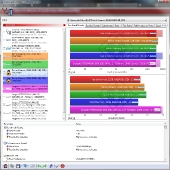 |
||
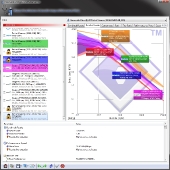 |
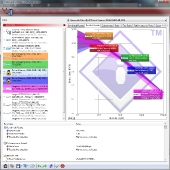 |
The Removable Storage test gives us measurements based not in MB/sec, but in IOPS. This gives us an idea of how the drive performs under a heavy load, i.e. multiple file transfers at the same time. IOPS performance is typically highest when dealing with cluster-sized files; in this case 4k.Here the Supersonic shows a marked difference between USB 2.0 and USB 3.0, though it is not clearly dominant over magnetic media as it was in the sequential read tests.


[…] faster than what most hard drives can deliver. Can it make good on those claims? Let's find out.http://www.techwarelabs.com/patriot-supersonic-usb-3-0-flash-drive/DiggLeave a Reply Click here to cancel reply. Name (required) Mail (will not be published) […]
[…] TechwareLabs Review: Patriot SuperSonic USB 3.0 Flash Drive […]
[…] Patriot SuperSonic USB 3.0 @ TechwareLabs – 1st June – (USB3) (Pen) (Real World) (Sim) […]
[…] Review @ ThinkComputers .:. Sharkoon Universal X-TATIC SP Headset Review @ XtremeComputing .:. Patriot SuperSonic USB 3.0 Flash Drive @ TechwareLabs .:. Patriot Supersonic 32 GB USB 3.0 @ techPowerUp .:. Enermax Aurora Micro Wireless Review @ […]
[…] a flash drive back is the bus it uses to talk to the system. USB … … More here: Patriot SuperSonic USB 3.0 Flash Drive | TechwareLabs ← Asus N61J Has a USB 3.0 Port Aluratek Portable Media Player Overview | Hp Personal […]
[…] Patriot SuperSonic USB 3.0 Flash Drive @ […]
[…] LG BP06LU10 Portable 6x Blu-ray Disc ReWriter @ CDRlabs- Patriot SuperSonic USB 3.0 Flash Drive @ Techwarelabs- The Best Budget & Enthusiast-Level SSDs @ […]